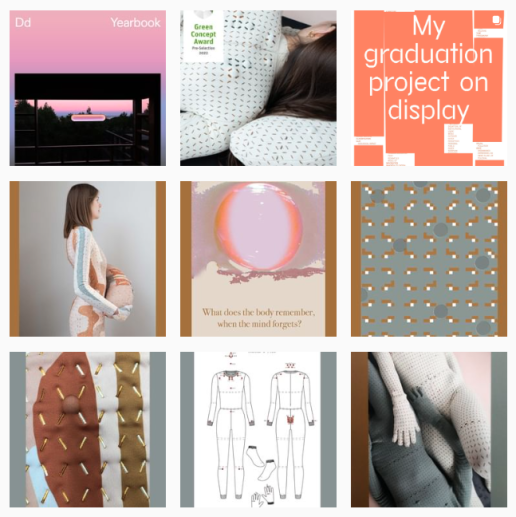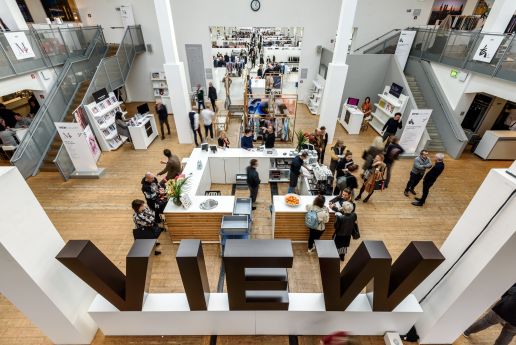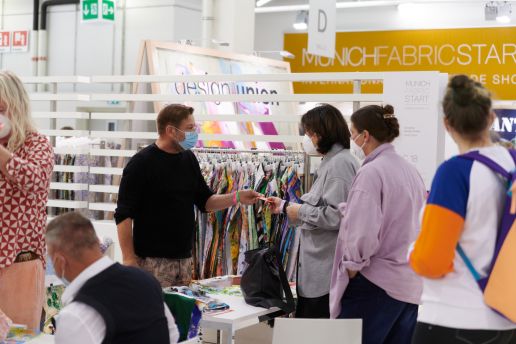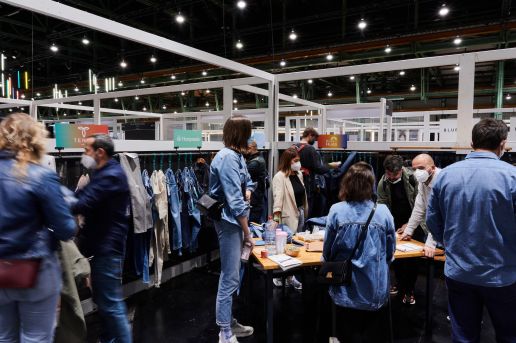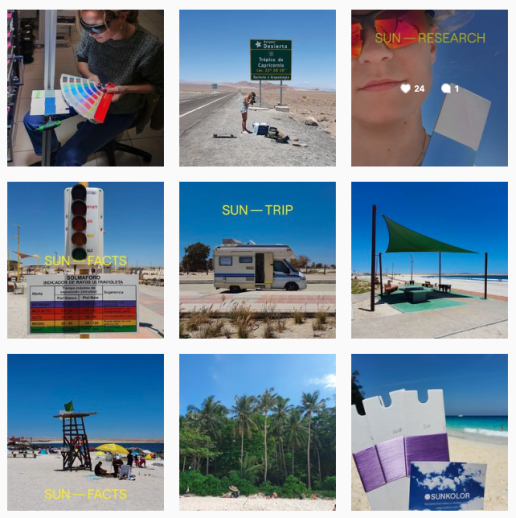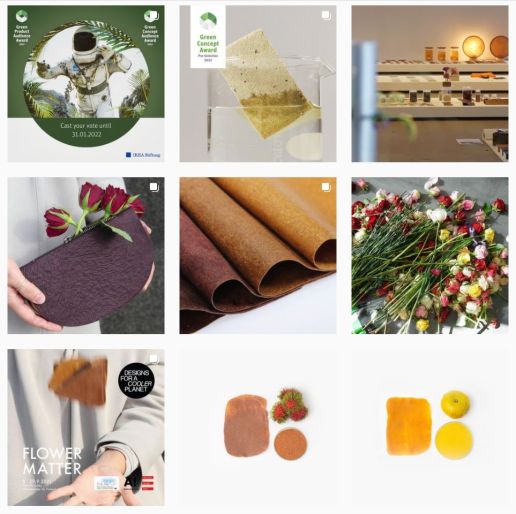Sustainable Colours
Sustainable Innovations #5: The Healing Imprint
Emotional healing through clothing – where science and textiles come together: The Healing Imprint explores the therapeutic potential of knitted garments. Bodysuits, gloves, socks and pillowcases are made to stimulate acupressure points on different parts of the body such as the hands, feet and head when moved. The custom-made textiles have grids through which small massage balls can be moved. By this, the acupressure points can be targeted.
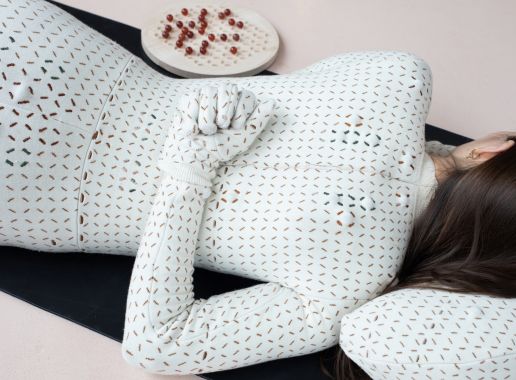
Laura Deschl is not only the designer of these special textiles, but also has a background as a yoga teacher – she used her knowledge to develop a yoga-based movement practice that uses one’s own body weight to increase pressure on certain points of the body. According to Deschl, trauma can also be worked through with this method. In combination with a trauma-sensitive yoga practice, the clothing thus becomes an individual tool that can release and dissolve even deeper emotions. The Healing Imprint shows how the fields of science, economics, medicine, psychology and textile production can be harmonised in an interdisciplinary way.
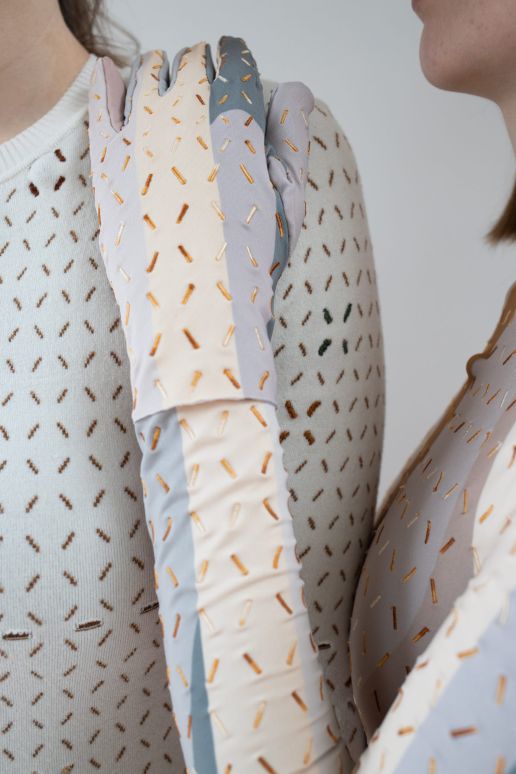
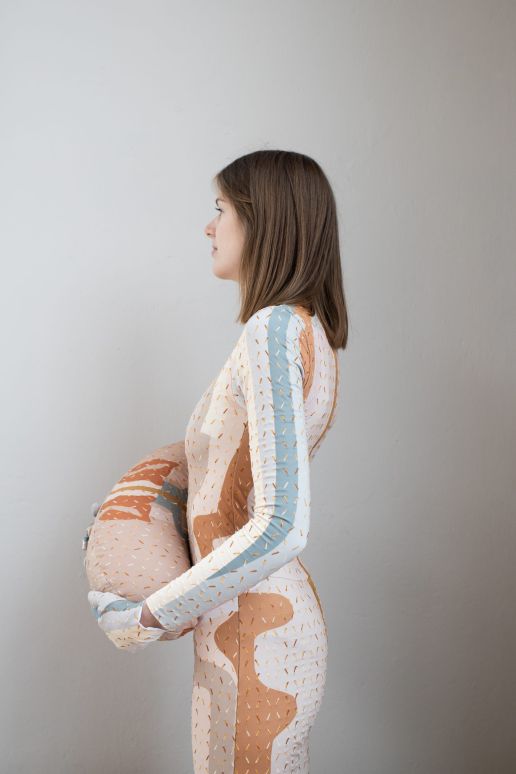
Allowing and feeling emotions: Mental illness and trauma are often still a rather invisible topic in society. One of Laura Deschl’s major concerns is therefore to draw attention to issues surrounding mental health and the traces of trauma on the body and to destigmatise them. Deschl wants to help patients train their body awareness and in this way bring them closer to their body again.
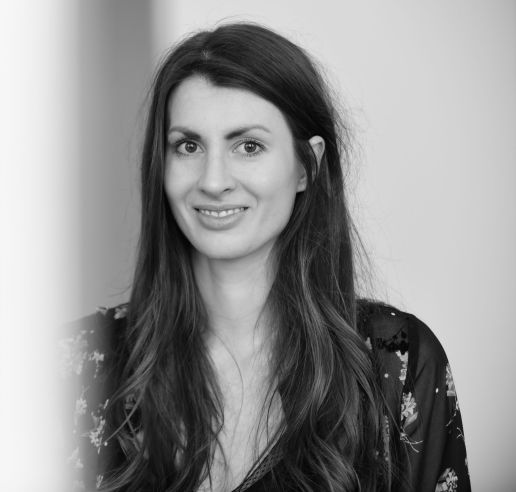
“With The Healing Imprint garments, the acupressure aims to help the wearer access buried memories or emotions, while the trauma-sensitive yoga practice facilitates introspection around those recollections. Considering that our society has an intense history of war, severe traumatisation and high exposure to everyday postwar stressors were common. These memories can get stored in the body’s memory and even be passed on over generations. Emotional wellbeing and healing is thus another angle to look at sustainability. A balanced body and mind are more likely enabling to make decisions that are in alignment with other humans and the planet.”
– Laura Deschl
Please find more info about SUSTAINABLE INNOVATIONS in this interview with Simon Angel, curator of the Sustainable Innovations Forum:
Interview about Pre-Creation, -Action and -Connection in our industry >>
Offcuts collection by Studio Popopo >>
Sunkolor by Panorama Fabrics >>
Sustainable Innovations #4: "Sunkolor" by Panorama Fabrics
With climate change still gathering momentum, the intensity of the sun’s invisible UV rays is also increasing. The problem: the intensity is not visible to the eye. The result: sunburn and damage to our skin that sometimes only appears years later which makes it all the more important to protect our important organ.
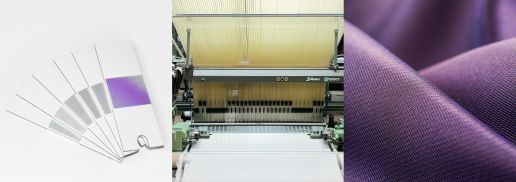
Exactly this is possible with Sunkolor. The material helps to visually perceive sun exposure and to establish a healthy relationship with it as a result. The technology Panorama Fabrics, the material driven Design Studio from Berlin, manages to make UV rays visible. For this purpose, Sunkolor yarns, which are produced in Germany, are woven into textiles.
When exposed to sunlight, the colour of the material changes thus indicating the dangerous UV index range. The change of colour makes it immediately clear once the situation becomes critical. In the first step, the yarns will be attached in labels to hiking backpacks. In the long term, a variety of different or outdoor garments will be made from this yarn.
The vision:
Create new tools to adapt in a changing environment caused by climate change.
Panorama Fabrics studio aims to contribute with its own products and pioneering designs to highlight the possible interaction between textiles, humans and our climate. Research is being carried out on innovations to make more people aware of the effects of climate change and at the same time support them in dealing with it. The two founders, Gabriela Kapfer and Karina Wirth, share a fascination for different materials and a passion for interdisciplinary collaboration, which enables them to create something new and progressive together.
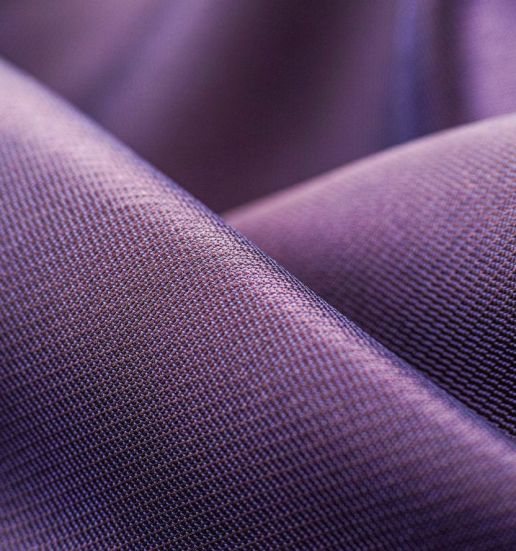
“Sunkolor makes the invisible visible to create awareness.”
– Gabriela Kapfer & Karina Wirth
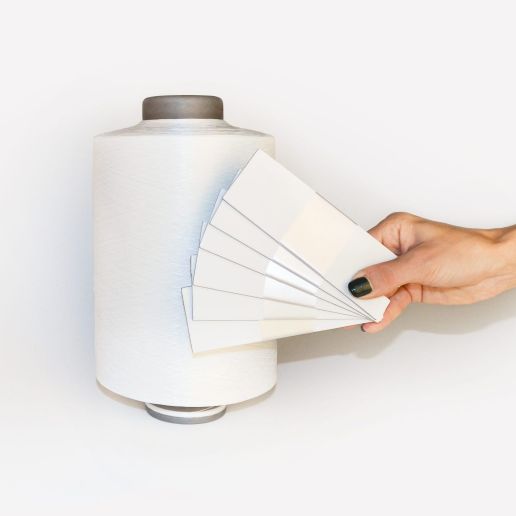
Please find more info about SUSTAINABLE INNOVATIONS in this interview with Simon Angel, curator of the Sustainable Innovations Forum and in the articles about further projects:
Interview about Pre-Creation, -Action and -Connection in our industry >>
Offcuts collection by Studio Popopo >>
Sustainable Innovations #3: +17,4% - Offcuts Collection
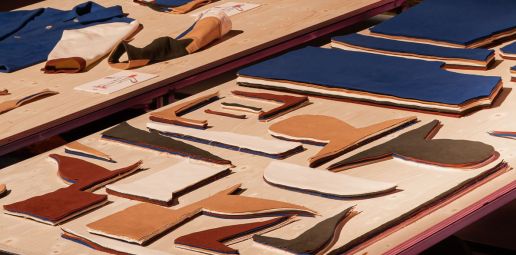
Making good use of leftovers from textile production – and using them to upgrade the same garments?
It’s possible: while working in the garment industry, product designer Seok Park saw the vast amounts of leftovers that are created. It inspired him to put them to good use. With his studio Popopo from Eindhoven, he launched the OFFCUTS project for this reason. In the OFFCUT collection, additional parts for garments are made from fabric scraps – fabric scraps that are left over from the production of exactly these garments and that offer added value when the garments are used. The goal is not only to reuse scraps, but also to add value to them to make another product and thus incorporate them into the garments produced.
Each work is named after the percentage that indicates the waste in the production of garment patterns.
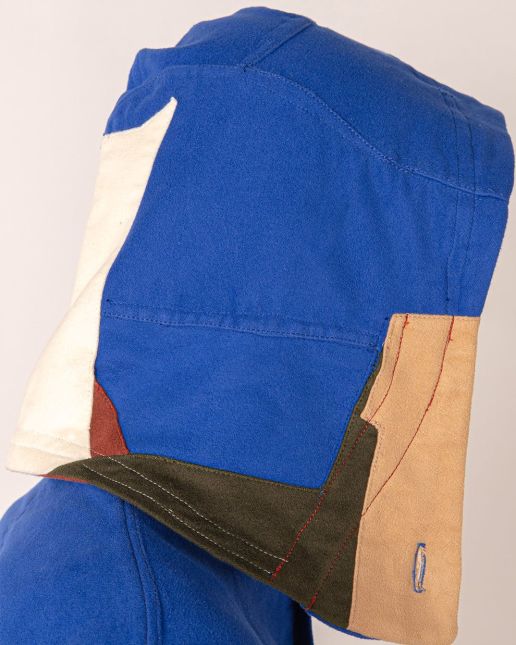
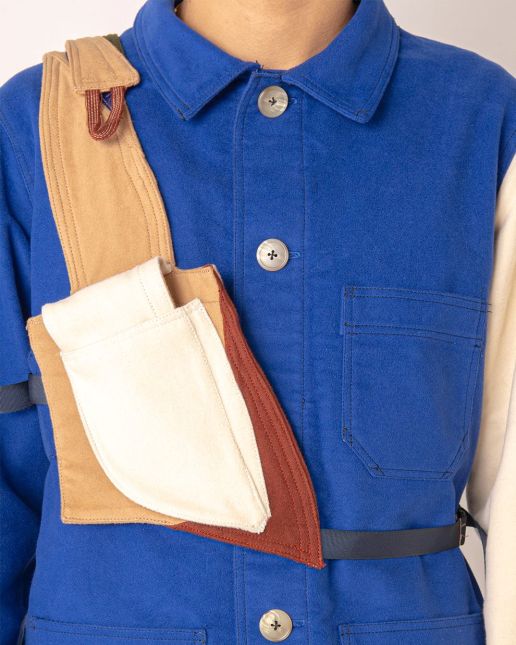
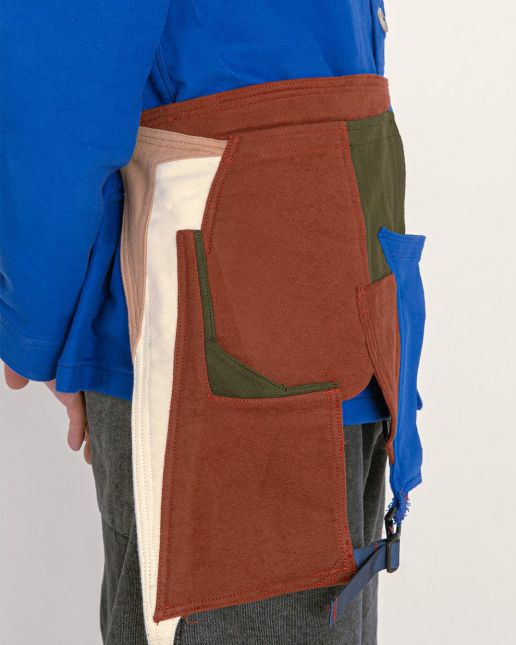
Re-use, re-value, re-connect
“Through the project, I would like to point out the potential materiality of these leftovers by discovering their own unique story as a general material beyond industrial by-products or reusable waste.”
– Seok Park
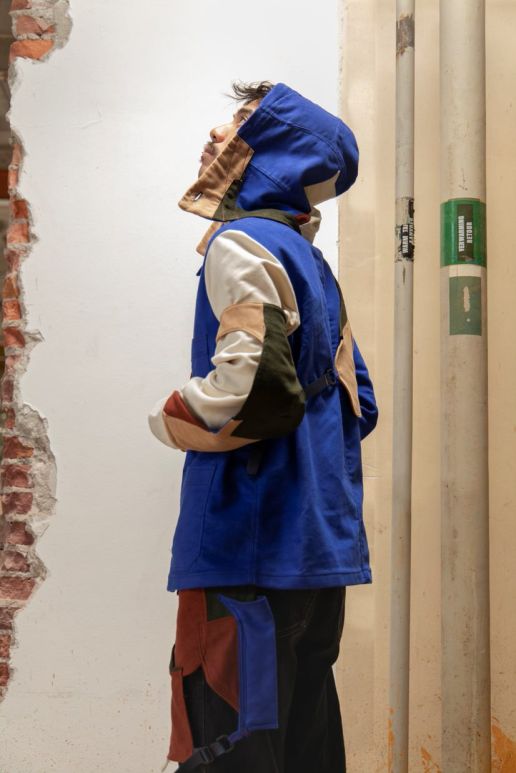
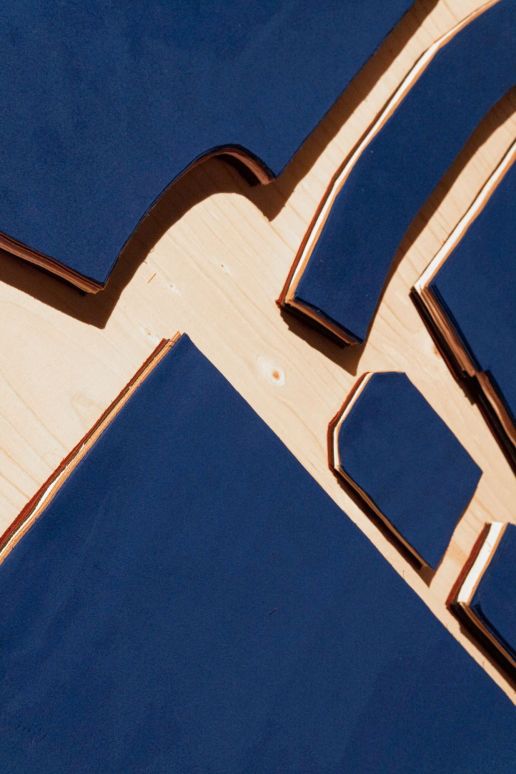
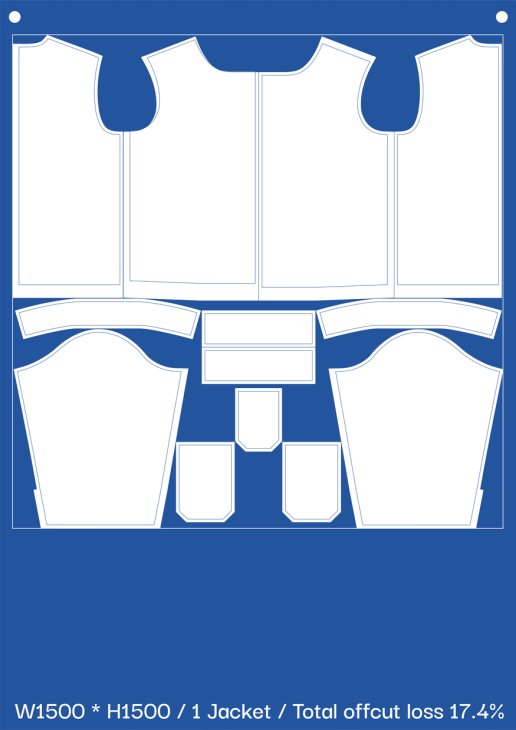
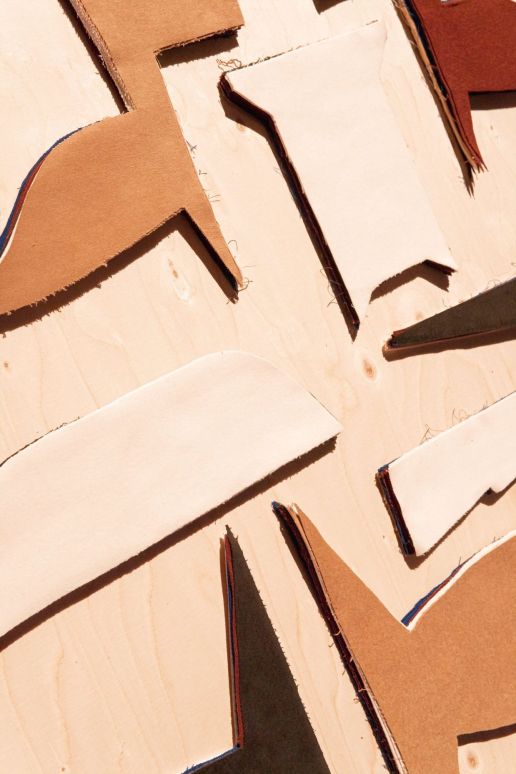
17.4: This is the percentage of excess cut produced in the production of chore jackets, the classic workwear item. The functional value is now obsolete – so the project uses +17.4% leftover pieces from 60 Chore Jackets to produce a collection of practical accessories. These accessories offer additional benefits for specific conditions such as weather conditions of the different seasons and more.
—————————————————————-
Find more infos about SUSTAINABLE INNOVATIONS in the interview with Simon Angel, curator of the Sustainable Innovations forum, the project #1 ‘Biotic’ and the project #2 ‘Offcuts’:
Interview about Pre-Creation, -Action and -Connection in our industry >>
Sustainable Innovations SS23 #1: Bacteria to wear by Lionne van Deursen >>
Sustainable Innovations SS23 #2: Flower Matter by Irene Purasachit >>
—————————————————————-
Sustainable Innovations #2: Flower Matter
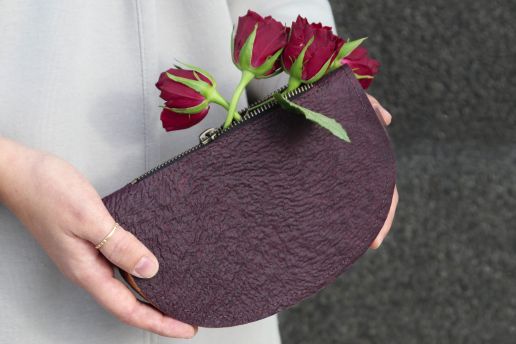

Whether for the home, in a restaurant or as a gift for loved ones – beautiful bouquets of flowers bring joy in many situations in life. The problem: flowers planted for commercial sale have a very limited lifespan. Once they are in the vase, they wilt after a few days and are thrown away – about 40 percent of the flowers are never sold, so florists have to dispose of them themselves. Irene Purasachit, a designer living in Finland, gives these flowers a second life – driven by the vast amounts of flower waste that are produced daily at the markets in her home country of Thailand.
She recycles them into fabric and paper, from which she makes sustainable bags, purses or flower paper. This not only creates new, biodegradable and plastic-free products – it also saves tons of waste.
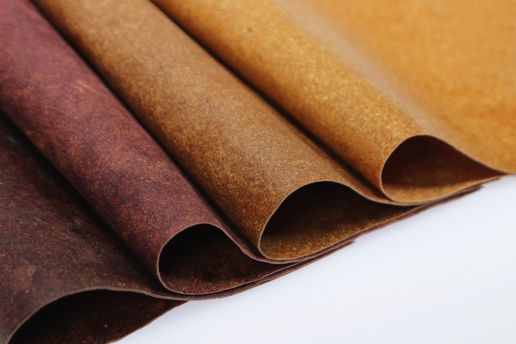
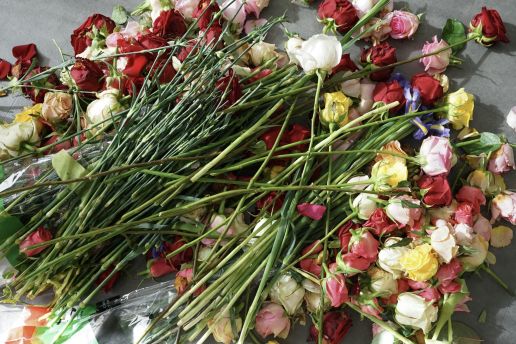
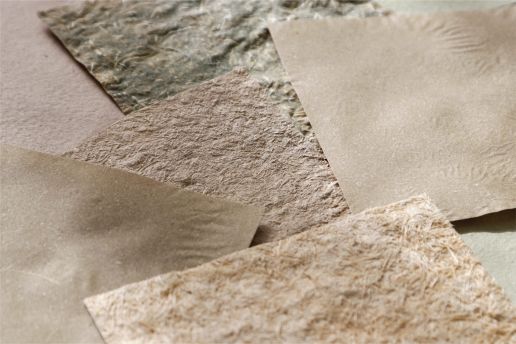
For her Flower Matter project, she creates, among other things, “Flower Paper”, a paper made of 100 percent flower stems and leaves. Unique one-offs: the paper varies in colour and structure – depending on the type of flower used. With her “Flaux” material – the word stands for Flower and Flexible Sheet – she creates an all-natural, leather-like fabric that is then made into purses and bags for her collection.
For Flaux, she mainly uses roses and carnations. The colour palette: natural, classic reds, soft pinks, bold orange and soft yellows – there’s something for everyone.
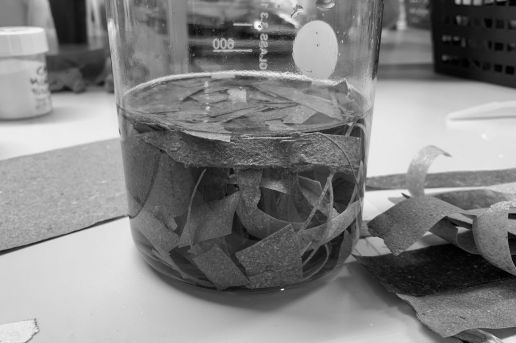
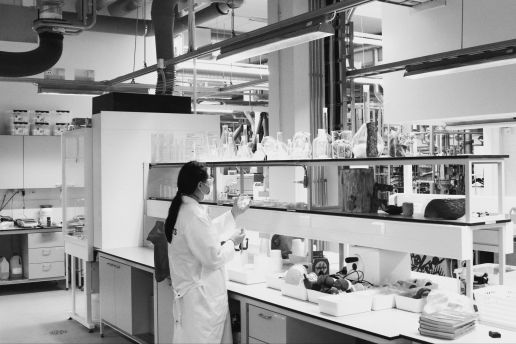
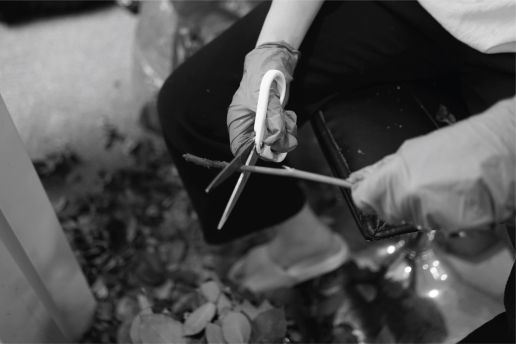
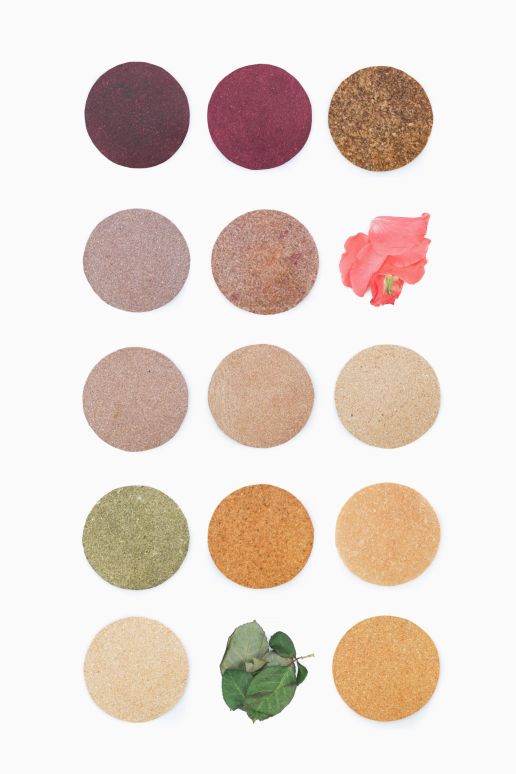
“Even though I am still in a considerably early stage of the materials’ development, I have been facing many dilemmas on what really is sustainable throughout my journey of Flower Matter. For example, how can I create a completely natural, biodegradable material from flower waste that can live up to the market’s high expectations on its properties (extremely durable, waterproof, etc)? Ultimately, I learned that it is extremely hard to maintain all expectations. Aside from my intention to continue developing my flower materials as ecologically as possible, I also want to challenge the market’s perceptions toward innovative materials. I do think that in order to move forward to a more sustainable world, we must learn to use and to work with new materials in a different way than the highly industrialised processes we are used to now.”
– Irene Purasachit
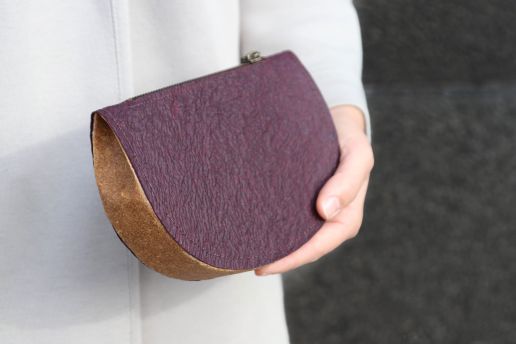
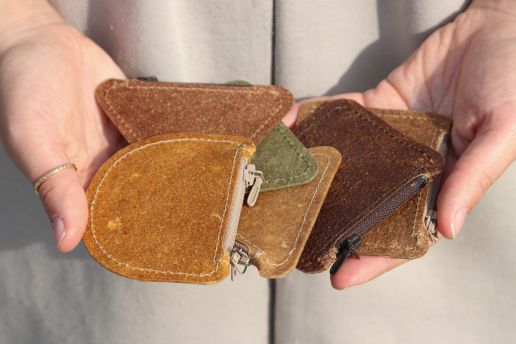
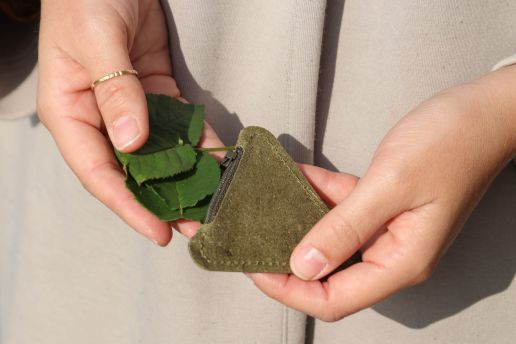
Please find more infos about SUSTAINABLE INNOVATIONS in our newest interview with Simon Angel, Curator of the Sustainable Innovations Forum, and in the article about the project #1 ‘Biotic’:
Interview about Pre-Creation, -Action and -Connection in the fashion industry >>
Sustainable Innovations SS23 #1: Bacteria to wear by Lionne van Deursen >>
—————————————————————-
Bacteria to wear
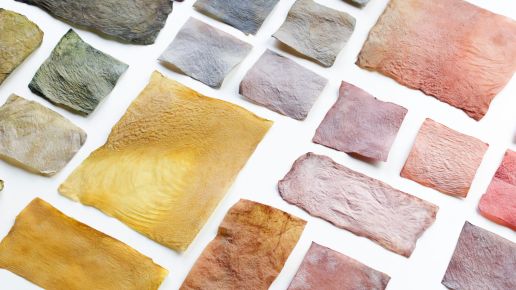
Take yeast, bacteria and sweetened green tea – this mix becomes a biodegradable, resistant and highly flexible material after a fermentation process. How it works? Microbes spin nano fibres of bacterial cellulose onto a surface. Once this layer dries, it becomes a solid material with properties very similar to leather. The thickness of the fabric can be easily adjusted during the growth process: Depending on the duration of the growth, it either becomes more unstable and thinner or firmer and thicker. Depending on the thickness, different nuances and different translucencies are created in the material. With these material properties, there are various design possibilities: For example, when wet, a texture can be applied that remains visible even when completely dry. The colour of the fabric can also be easily changed due to its high absorption capacity. Trial and error therefore pays off. Experiments with plant dyes and dyes from fruit waste have resulted in a fabric collection with bright colours, different light transmission and varied patterns.
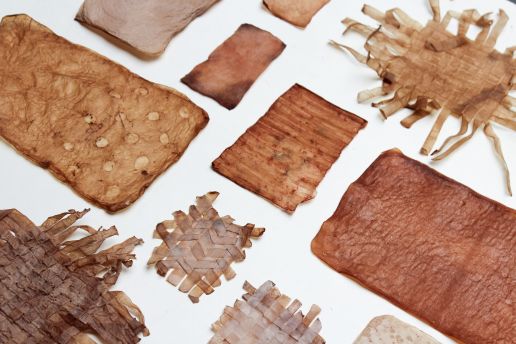
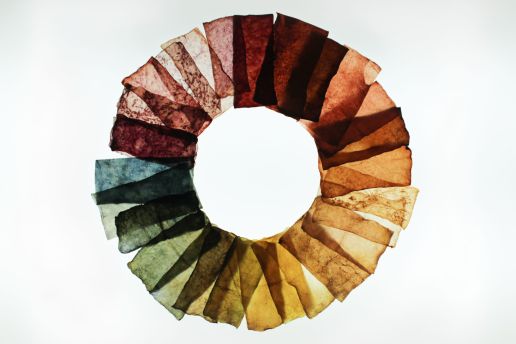
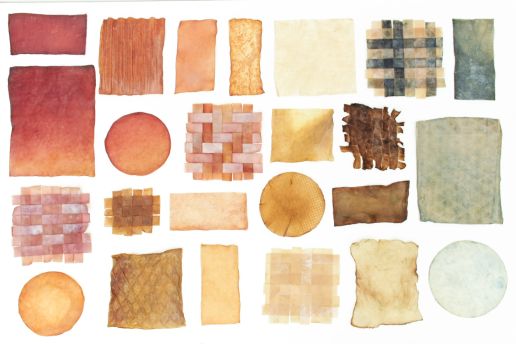
Living organisms that produce environmentally friendly materials – this stands for the “Biotic” project of the Lionne van Deursen studio from Uden in the Netherlands dedicated to material research and product design, which was launched in 2019. Through various experiments, the team generates insights into the incredible variety of new and bio-based materials. The advantages speak for themselves: only local resources are required for the production of the material and only plant-based means are used for dyeing. This results not only in sustainable materials, but above all in a sustainable production process.
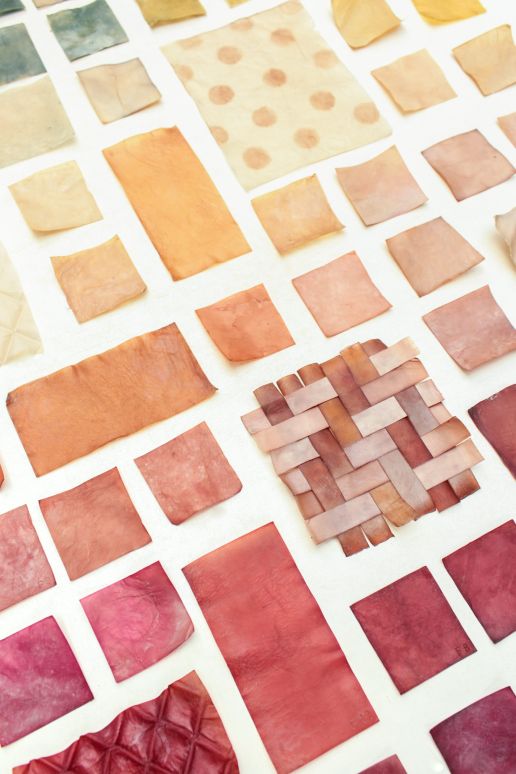
“The goal of the project is to develop sustainable products with materials that are not harmful for the environment. The project shows the possibilities of a biologically grown material. The material created by living microorganisms is biodegradable and strong while remaining a high flexibility.”
– Lionne van Deursen
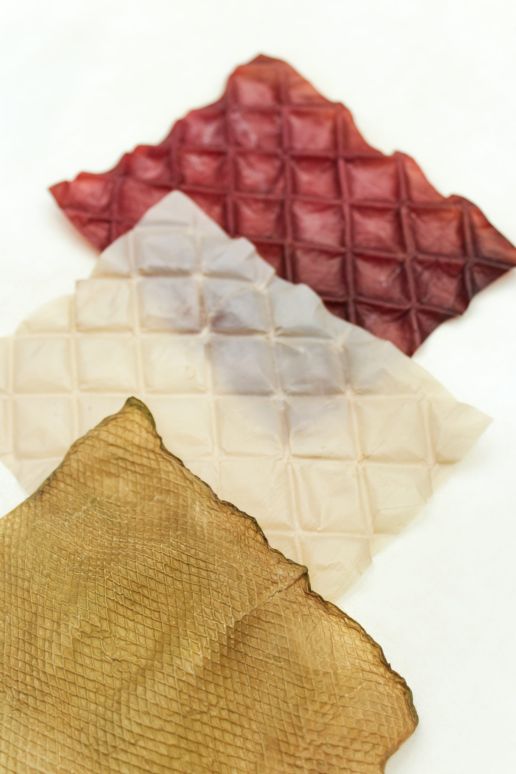
Please find more info about SUSTAINABLE INNOVATIONS in this interview with Simon Angel, curator of the Sustainable Innovations Forum:
Interview about Pre-Creation, -Action and -Connection in our industry >>


